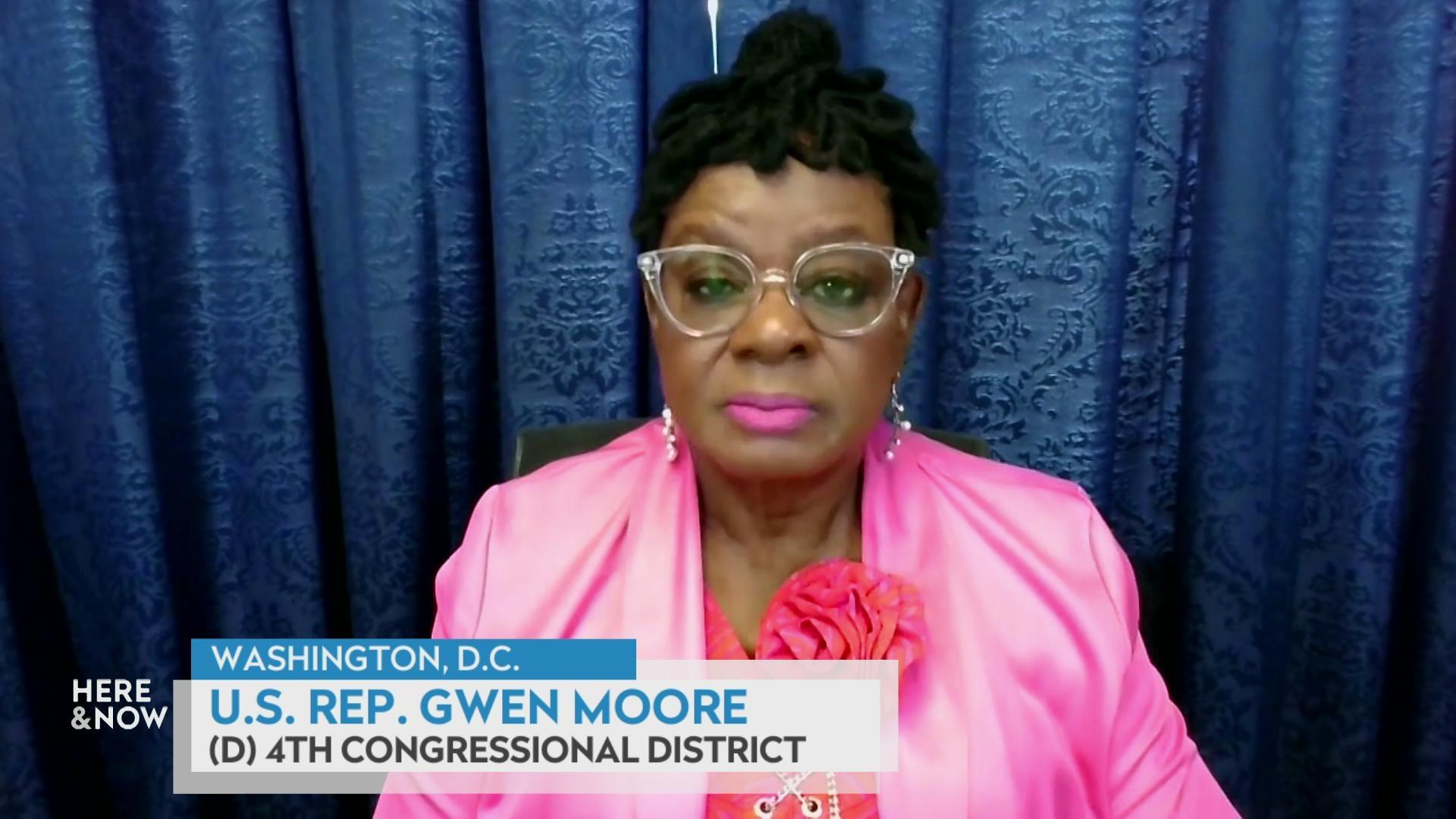The Overlapping Lines In The Wisconsin Redistricting Lawsuit
Where Wisconsin's voters live and which political parties they support is at the heart of a major lawsuit before the U.S. Supreme Court.
October 6, 2017

U.S. Supreme Court Building facade from dramatic angle

Where Wisconsin’s voters live and which political parties they support is at the heart of a major lawsuit before the U.S. Supreme Court. In the case Gill v. Whitford, the plaintiffs argue that the redistricting plan approved in 2011 by the Wisconsin legislature’s Republican majority created a partisan gerrymander intended to maximize the electoral chances of GOP candidates in the state Assembly.
Gerrymandering is a longstanding political tactic in the United States, one that’s nearly as old as representative democracy itself in the nation. Criticizing it from across the political spectrum is a long-standing practice too, but the Supreme Court has yet to specifically define when gerrymandering goes too far in terms of advantaging one party’s candidates over another’s.
Gill v. Whitford directly addresses this type of gerrymandering. The plaintiffs are advocating the use a mathematical test called the efficiency gap, which quantifies the difference between the percentage of votes cast for a party’s candidates in a state with the percent of seats won by those candidates. By this type of analysis, the larger the difference, the more the legislative districts in question would be said to be gerrymandered.
One demographic trend that can affect this equation, though, is the growing tendency for people with similar political perspectives to cluster, that is live among each other more than near those with differing ideologies. In Wisconsin, for example, Madison and Milwaukee intensely favor Democratic candidates, while the suburbs of the latter lean more heavily towards Republicans.
An amicus curiae brief the Republican National Committee and the National Republican Congressional Committee submitted to the Supreme Court in Gill v. Whitford in support of Wisconsin’s 2011 redistricting maps argued that this phenomenon invalidated the efficiency gap test. It cited analysis by the University of Wisconsin Applied Population Laboratory of demographic political trends in the state that was detailed in a WisContext report. However, this analysis examined trends at the county level, which are quite distinct from the Assembly district maps being questioned in the lawsuit. With the Supreme Court hearing oral arguments in Gill v. Whitford in its October 2017 session, a follow-up WisContext report explored the differences between counties and legislative districts when it comes to the issue of gerrymandering.
UW Applied Population Lab researcher Malia Jones was interviewed on the Oct. 2, 2017 edition of Wisconsin Public Radio’s The Morning Show about the demographic issues at play in the redistricting lawsuit before the Supreme Court.
 Passport
Passport











Follow Us